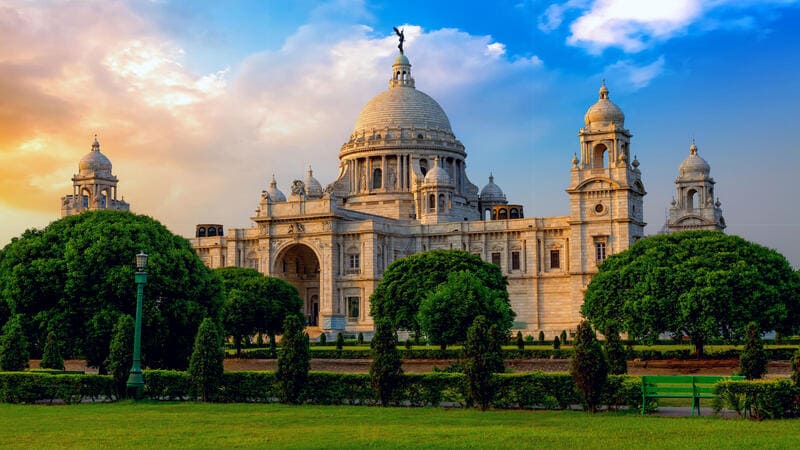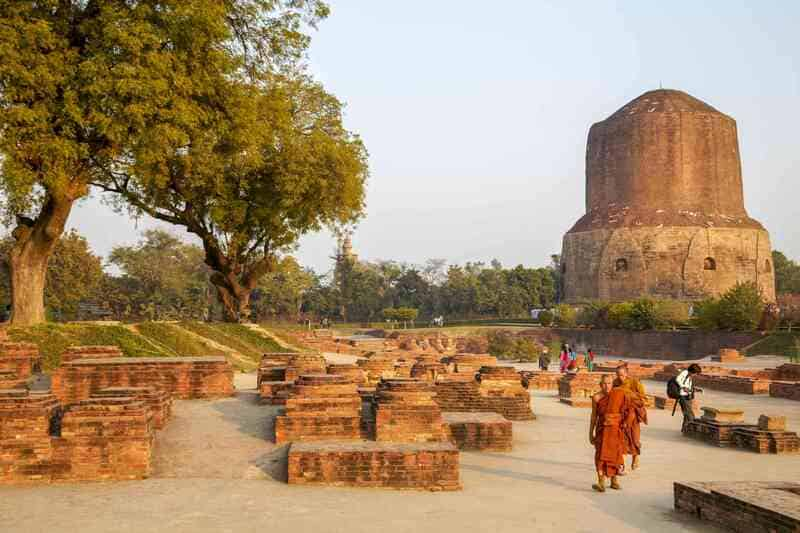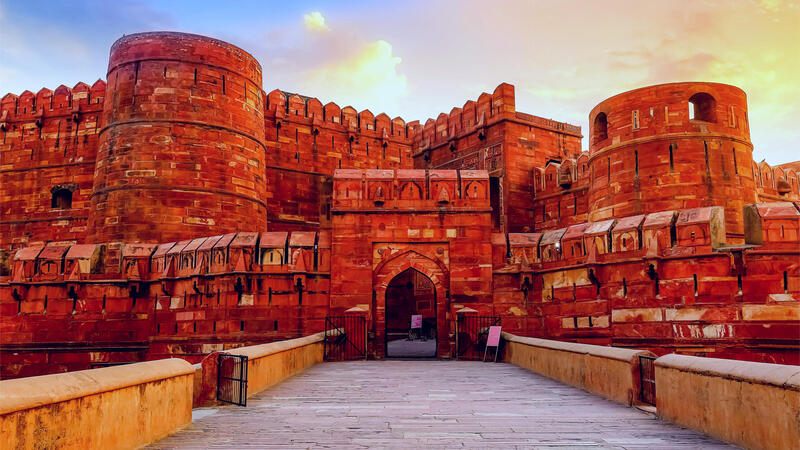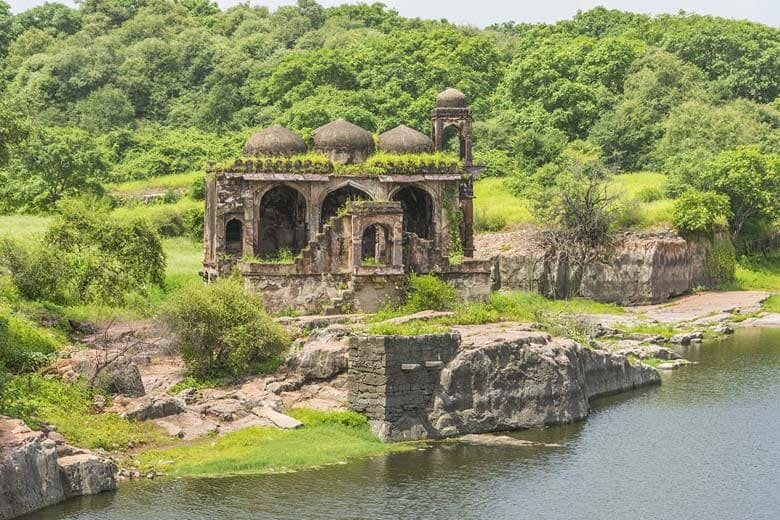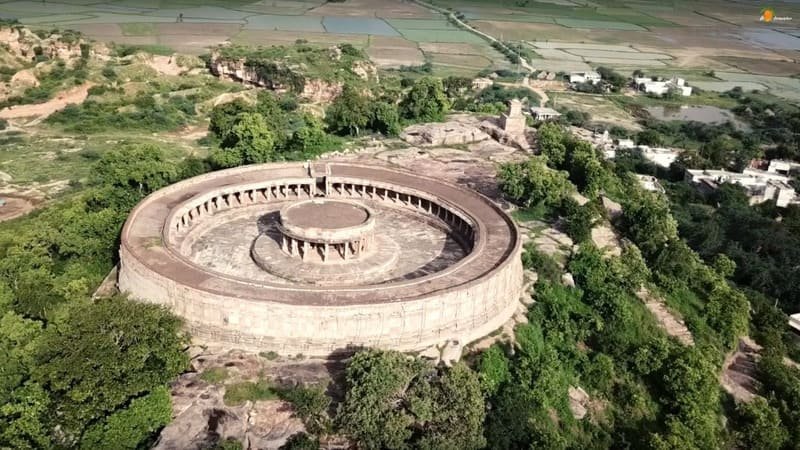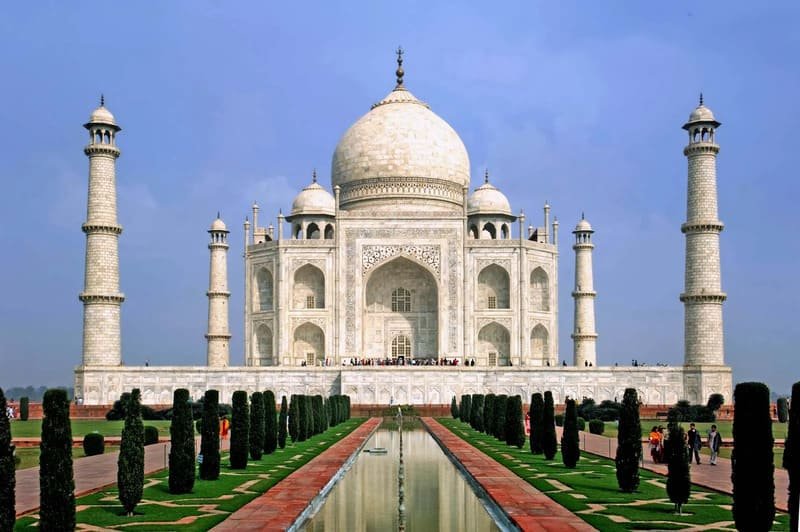
Taj Mahal, Agra: A Masterpiece of Mughal Architecture.
Dharmapuri, Forest Colony, Tajganj, Agra, Uttar Pradesh 282001, India..
Introduction
The Taj Mahal, located in the city of Agra, India, is a true masterpiece of Mughal architecture. Built by Emperor Shah Jahan in memory of his beloved wife Mumtaz Mahal, the Taj Mahal is considered to be one of the most beautiful buildings in the world. Its stunning white marble façade and intricate details make it a popular destination for tourists from all over the globe. In this blog post, we will explore the history, architecture, and significance of the Taj Mahal in detail.
History
The Taj Mahal is widely regarded as one of the most beautiful buildings in the world, a shining example of Mughal architecture and an iconic symbol of India. It is located in the city of Agra, in the northern state of Uttar Pradesh, and is visited by millions of people from all over the world every year.
The Taj Mahal was commissioned by the Mughal Emperor Shah Jahan in 1631 in memory of his beloved wife Mumtaz Mahal, who had died while giving birth to their 14th child. Mumtaz Mahal was the emperor's favorite wife and her death had a profound impact on him. He was devastated by her loss and decided to build a magnificent mausoleum in her honor.
Shah Jahan appointed the renowned architect Ustad Ahmad Lahauri to design and build the Taj Mahal. Construction of the building began in 1632 and continued for over 20 years, with thousands of workers and craftsmen employed to create the magnificent structure. The finest materials from across the world were used in its construction, including white marble from Rajasthan, precious stones from Persia, and gold from various parts of India.
The Taj Mahal was completed in 1653 and its grandeur and beauty were immediately apparent to all who saw it. The building is renowned for its symmetrical design, with its four minarets framing the main dome in the center. The walls of the building are decorated with intricate carvings and calligraphy, while the interior features beautiful paintings and inlaid marble work.
Over the years, the Taj Mahal has weathered numerous challenges and has been subjected to many changes, including the addition of various buildings and structures in the surrounding area. Despite this, the building remains a testament to the enduring power of love and the skill of the Mughal architects and artisans who created it. It is also a powerful symbol of India's rich cultural heritage and is recognized as a UNESCO World Heritage Site.
Story of Taj Mahal
The Taj Mahal is not just a beautiful building, but it is also the symbol of an enduring love story. The story goes that the Mughal Emperor Shah Jahan was deeply in love with his favorite wife, Mumtaz Mahal. She died during the birth of their 14th child, and Shah Jahan was so heartbroken that he decided to build a grand mausoleum in her memory.
The construction of the Taj Mahal began in 1632 and continued for over 20 years, with thousands of workers and craftsmen employed to create the magnificent structure. The finest materials from across the world were used in its construction, including white marble from Rajasthan, precious stones from Persia, and gold from various parts of India.
Legend has it that Shah Jahan was so enamored with the beauty of the Taj Mahal that he ordered the hands of the architects and artisans who designed and built it to be cut off, so that they could never build anything as magnificent again. However, there is no evidence to support this story.
After the completion of the Taj Mahal, Shah Jahan was deposed by his own son, Aurangzeb, and imprisoned in Agra Fort. From there, he could see the Taj Mahal in the distance, a constant reminder of his lost love. When Shah Jahan died in 1666, his body was interred beside Mumtaz Mahal in the Taj Mahal.
The Taj Mahal has since become one of the most famous buildings in the world and a symbol of the power of enduring love. Its beauty has been celebrated in literature, art, and music, and it remains a must-visit destination for travelers from all over the world.
Architecture
The Taj Mahal is a masterpiece of Mughal architecture and is considered to be one of the most beautiful buildings in the world. The structure is made of white marble and is decorated with intricate carvings and inlaid stones, making it a true wonder of the world.
The Taj Mahal is a complex of buildings that includes the main mausoleum, the mosque, and the guest house. The main mausoleum is a large square structure with four minarets at each corner. The central dome is made of white marble and is surrounded by smaller domes, all of which are intricately decorated with inlaid stones and carvings.
The marble used in the construction of the Taj Mahal was brought from Makrana, Rajasthan, and it is said that over 1,000 elephants were used to transport it to Agra. The marble was then cut and polished by hand to create the intricate designs that adorn the Taj Mahal.
The decorative elements of the Taj Mahal are a blend of Indian, Persian, and Islamic styles. The inlaid stones used in the decoration include carnelian, jasper, lapis lazuli, and turquoise, among others. The intricate carvings include floral patterns, calligraphy, and geometric designs, all of which are perfectly balanced and symmetrical.
The mosque and guest house on either side of the main mausoleum are also made of white marble and are decorated with intricate carvings and inlaid stones. The mosque is still used for Friday prayers, while the guest house is open to visitors.
Overall, the Taj Mahal is a stunning example of Mughal architecture and is a testament to the skill and craftsmanship of the artisans who built it. Its beauty and grandeur continue to inspire and amaze visitors from all over the world.
Significance
The Taj Mahal is not only a masterpiece of architecture, but it is also a symbol of love and devotion. The story of Shah Jahan and Mumtaz Mahal is a testament to the power of love and the lengths that people will go to honor their loved ones. The Taj Mahal is also significant for its historical and cultural importance, as it represents the peak of Mughal architecture and the zenith of the Mughal Empire.
Visiting the Taj Mahal
The Taj Mahal is open to visitors from sunrise to sunset, except on Fridays when it is closed for prayers. Visitors must purchase a ticket to enter the complex, and there are additional fees for entering the main tomb and other areas. It is recommended to visit the Taj Mahal early in the morning or late in the afternoon to avoid the crowds and the heat. Visitors should also dress modestly and respectfully, as the Taj Mahal is a sacred site for many people.
Conclusion
The Taj Mahal is a true masterpiece of Mughal architecture and a symbol of love and devotion. Its beauty and grandeur continue to attract millions of visitors every year, making it one of the most popular tourist destinations in the world. Visiting the Taj Mahal is an unforgettable experience that should be on everyone's bucket list.

